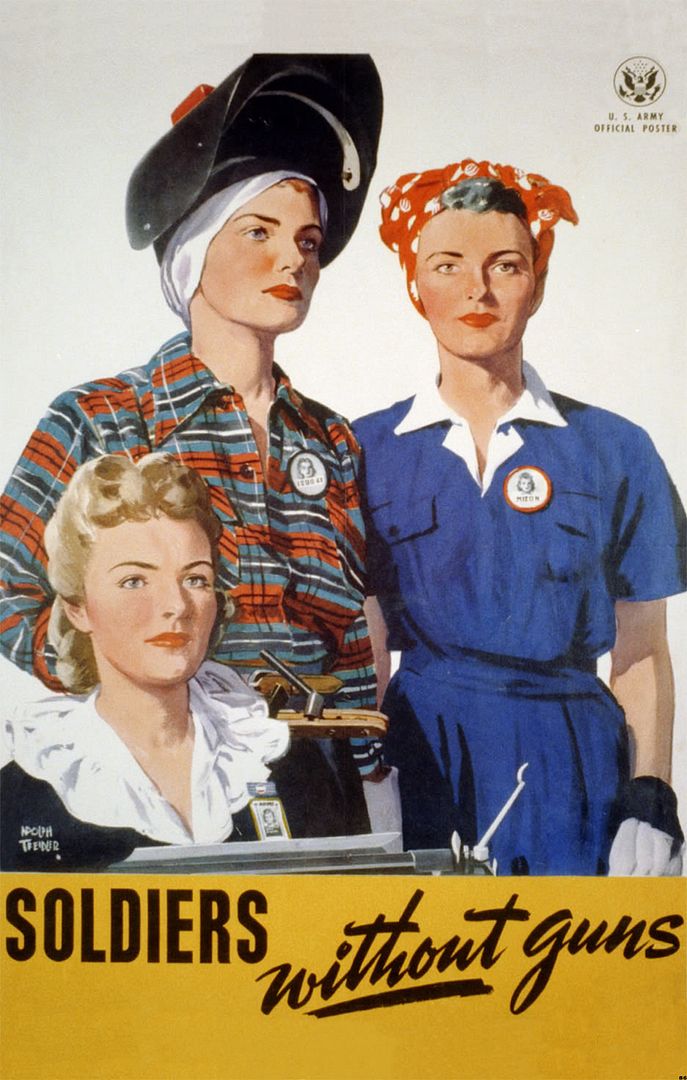Olfactory Resistance: Celebrating Mad Perfumista’s First Anniversary
It’s amazing to think that a year has gone by since I started this blog, and it has been an incredible journey. It began with a trip I took to Paris in December 2011, during which I devoted my time to going to as many fragrance boutiques that I could fit into my schedule. Each store I went into had a different character that lent a specific aura to their brand. Serge Lutens at the Palais Royale is has a decadent, late 19th Century atmosphere, while État Libre d’Orange’s Marais store is a cacophony of cool graphic design and outrageously named scents such as Immense Nombrile (Huge belly button). This contrast represents the future of niche perfumery. A younger, hipper set of perfumers such as Étienne de Swardt of ELd’O and Le Labo’s founders critique the establishment, each producing their own “manifestoes.”
I came home to New York with a dozen bottles of fragrances, and I was eager to explore more. The blog became my excuse to research perfume and understand the constellation of elements that make it such an enduring, powerful potion. I am still a nose in training, so what makes me think that I can have a blog? There are hundreds of perfume blogs already. Through the writing, I have found a unique spot for myself by linking my nerdish interest in Modern and Contemporary Art with thinking about the creativity of fragrance. I deconstruct the signs of modern perfumery, seeking overlaps in literature and poetry as well as visual art to formulate a postmodern and critical perspective. The overarching question: What is art?

NICHE FANS
The populist cry of independent perfumers, with their cool attitudes and manifestoes, reflects a change in the growing audience for niche perfumery. A whole new subculture of fragrance enthusiasts has emerged as the result of recent global dissemination of limited quantity, luxury scents. A perfume’s scarcity, authenticity, and level of creativity are taken into account by obsessive collectors who are keen on quality and the way each individual scent represents his level of taste. To be part of this elite group, one must possess a finely tuned sense of smell, good memory for odors, and an articulate vocabulary to describe it. Though many niche perfumes are very expensive, you can obtain samples from online shops or join social media groups to participate in swaps and decants. These alternatives are a fraction of the cost of a full bottle, and can often be enough to last a healthy number of sprays.
This easy access to luxury fragrances has increased the diversity of this community as people who never wore perfume before. There are hundreds of perfume blogs, and YouTube features dozens of fragrance review posters, a list of which can be found here. YouTube reviewers record themselves from their living rooms, garages, even city streets, an indication that the personal nature of the act of smelling is giving way to a desire to be part of a larger community. The ephemeral nature of scent has created a legion of devoted followers desperate to talk about perfume, to use words to describe sensations that can only be hinted at. Many of these followers are now my friends, and we keep in daily contact on Facebook, Twitter, and Basenotes. This blog would not exist without the support and guidance of my virtual community of fragrance friends.
PERFUME IS DEAD! LONG LIVE PERFUME!
In my explorations, I’ve found the “anti-perfume,” like Comme des Garçon’s Odeur series or ELd’O’s Sécrétions Magnifiques, fragrances made to force a rethinking of the practice of wearing scents. The anti-perfume creator pursues a concept, an idea abstracted from her ordinary human experience. People buy perfume on the promise of a journey to an idealized past or desire for glamour in a spray, while the anti-perfume stirs scent memories of things such as the taste of blood or the smell of brown packaging tape. In their unique, minimal way, they point us to daily life, to our lived experiences to help us to see the sublime beauty of the mundane.
I have been heartened by the discovery of young contemporary artists creating perfumes as part of their art, and I’ve written about some of them on the blog. When I started writing the blog, I didn’t know that Chandler Burr was in the midst of organizing “The Art of Scent,” his exhibition of 12 “classics” on view until February 24 at the Museum of Art and Design in New York. I also did not know about the Institute of Art and Olfaction, a new LA-based organization offering opportunities for artists to work with perfume professionals. These are evidence of a change in attitudes toward the artistry of perfume making, where famous noses of the industry are celebrated like rock stars.
Fragrance has been used throughout millennia in religious rituals, as a mask for malodorous streets and bodies, and as a healing tool. For more than a century, the perfume industry has grown, with the assistance of modern technology, to be a billion dollar business. There is a huge opportunity for other voices to be thrown into the mix, individuals who wish to break the mold with complex, unusual takes on scent that startle and astound, connecting us to the beauty of the every day, rather than to our dreams.

